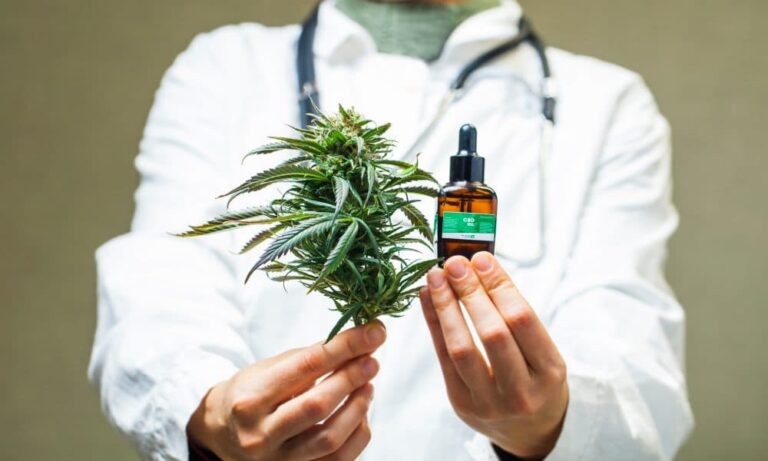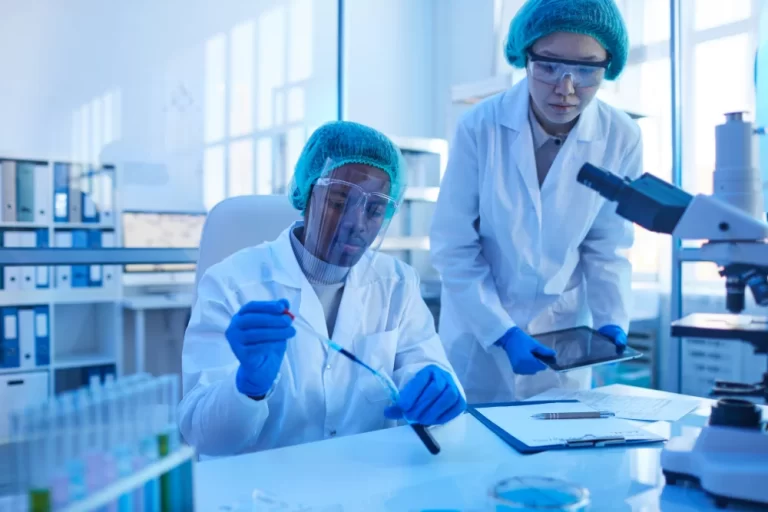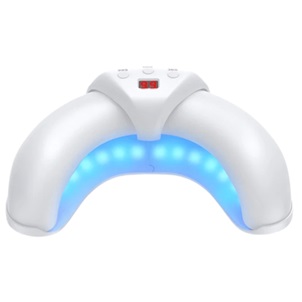The use of cannabis has become increasingly accepted and accessible, so it’s essential to prioritize safe and responsible use. With varying laws, potency levels, and individual tolerance, navigating the world of cannabis can be overwhelming. However, by understanding the basics of cannabis use, cannabis and its impact on wellness, and potential risks and benefits, you can make informed decisions about your health and well-being. Here are a few expert tips to guide you in using cannabis safely and responsibly.
Consult a Healthcare Professional
See a healthcare provider before consuming cannabis, particularly if you are expecting, elderly or below 25, or have psychological issues. They can help you understand the potential risks and benefits and provide personalized guidance.
Buy from Regulated Dispensaries
When purchasing cannabis products, choose state-regulated dispensaries. These dispensaries follow strict rules and testing for potency and safety, ensuring you get high-quality products.
Understand Cannabinoid Ratios
Cannabis products come with different ratios of THC (tetrahydrocannabinol) and CBD (cannabidiol). Start with a low THC to a high CBD product (1:20 ratio) and gradually increase the THC dosage based on your response. This helps minimize potential side effects.
Choose the Right Dosage Form
Cannabis products come in various forms, including inhaled smoke, vaping, edibles, and topicals. Each form works differently in your body, so you must choose the right one for your needs. For example, inhaled smoke and vape products take effect quickly, while edibles can take longer to kick in.
Start with a Lesser Dose
When using cannabis, start with a small dose (2.5 mg THC or less) and gradually increase as needed. This helps you avoid unwanted side effects like anxiety, dizziness, or feeling too “high.” Remember, it’s always better to stay cautious and start low.
Be Aware of Risks and Side Effects
Cannabis can cause side effects like anxiety, paranoia, and increased heart rate. Be aware of these risks and consult a healthcare professional if you experience any issues. It’s also important to talk to a healthcare provider about your medication list because cannabis can interact with other medications.
Know the Legal Risks
Cannabis is still illegal at the federal level, so it’s crucial to understand the laws in your state and local area. Using cannabis can affect housing, employment, or child custody in some cases. Recognize these potential threats and take the appropriate safety measures.
Recognize Signs of Substance Misuse
If you develop tolerance or experience withdrawal symptoms, it may be a sign of cannabis use disorder. Seek professional help if you notice any issues, such as using cannabis despite problems at work, school, or home, or experiencing cravings you can’t resist.
Conclusion
By following these tips, you can minimize potential risks and maximize the benefits of cannabis use. Remember, safe cannabis use starts with education, awareness, and responsible decision-making. Prioritize your health and well-being, and don’t hesitate to seek professional help if you need guidance or support. With the required knowledge and approach, you can navigate the world of cannabis with confidence and caution.



